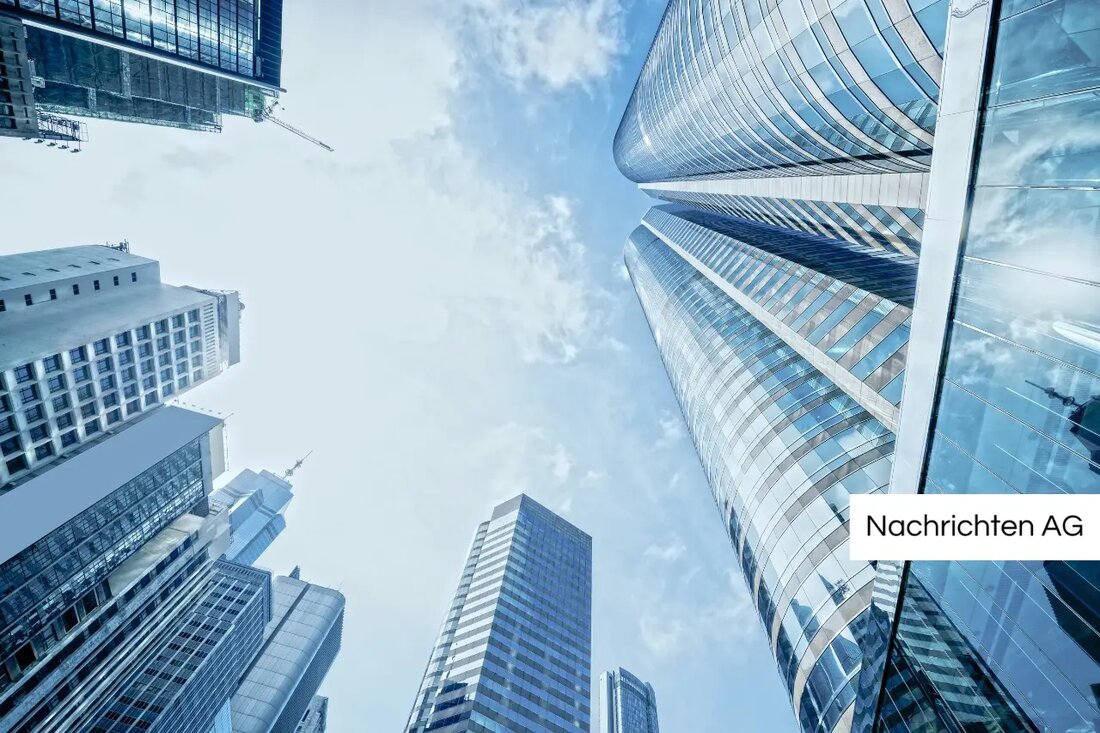Krefeld's future: Designing students new industrial culture!
Krefeld's future: Designing students new industrial culture!
In Krefeld, there is an important project to revive the city's industrial past. Under the title "Treasures - Remember", students of the Peter Behrens School of Art in Düsseldorf under the direction of Professor Robert Niess present concepts that bring modern requirements for work and living into harmony with the preserved architecture. This initiative aims to preserve the urban landscape of Krefeld and to supply unused industrial buildings of new use. According to WZ there are above all the ruins of the industrial past, the expiry of which is to be avoided.
The exhibition will take place from May 5th to May 18th, 2025 in the historic sewage treatment plant in Uerdingen. The opening is planned on May 5, 2025 at 7 p.m. During their project, the students visited various places with industrial past in Krefeld and developed creative designs that are intended to serve as a solution for future use. In cooperation with wirstadt.org-Labor for urban culture focus on the preservation of industrial culture as a central component of Krefeld city history.
planned conversion projects
The impressive list of objects that are considered for conversion includes:
- Holtz & Willemsen oil factories Howinol Krefeld-Uerdingen
- Hafenpitze Rheinhafen Krefeld-Linn
- Silo3 on the Art Nouveau rotary bridge Krefeld-Linn
- Mühle Rother & Buddenberg on the Krefeld-Linn swing bridge
- Drei-Ring plant in the Rheinhafen, where the soap "FA" was invented, Krefeld-Linn
- Kaufhof Krefeld city center
- Stadtbad Krefeld city center
- German stainless steel works Krefeld-Fischeln
These projects are part of a wider trend that is known as an adaptive reuse. The idea behind it is to convert historical buildings for new purposes, which not only receives the past, but also takes into account contemporary needs. Dokmimarlik emphasizes that such conversions are both ecologically and economically sensible, since they reduce the need for new building materials and at the same time minimize waste.
challenges and advantages of conversion
Adaptive reuse also brings challenges. This includes legal framework conditions, financial constraints with high initial investments and technical difficulties in modernizing older buildings. Nevertheless, it offers significant advantages: existing materials are used, which reduces the environmental pollution. In addition, it promotes community engagement and can boost the local economy.
With projects such as "Treasures - Thinking Nor" Krefeld shows how innovative solutions to revitalize urban areas can grow, while the identity and history of the city is preserved. Due to the dialogue between history and the future, the city offers an exciting example of how industrial architecture can create new perspectives.
| Details | |
|---|---|
| Quellen | |


Kommentare (0)